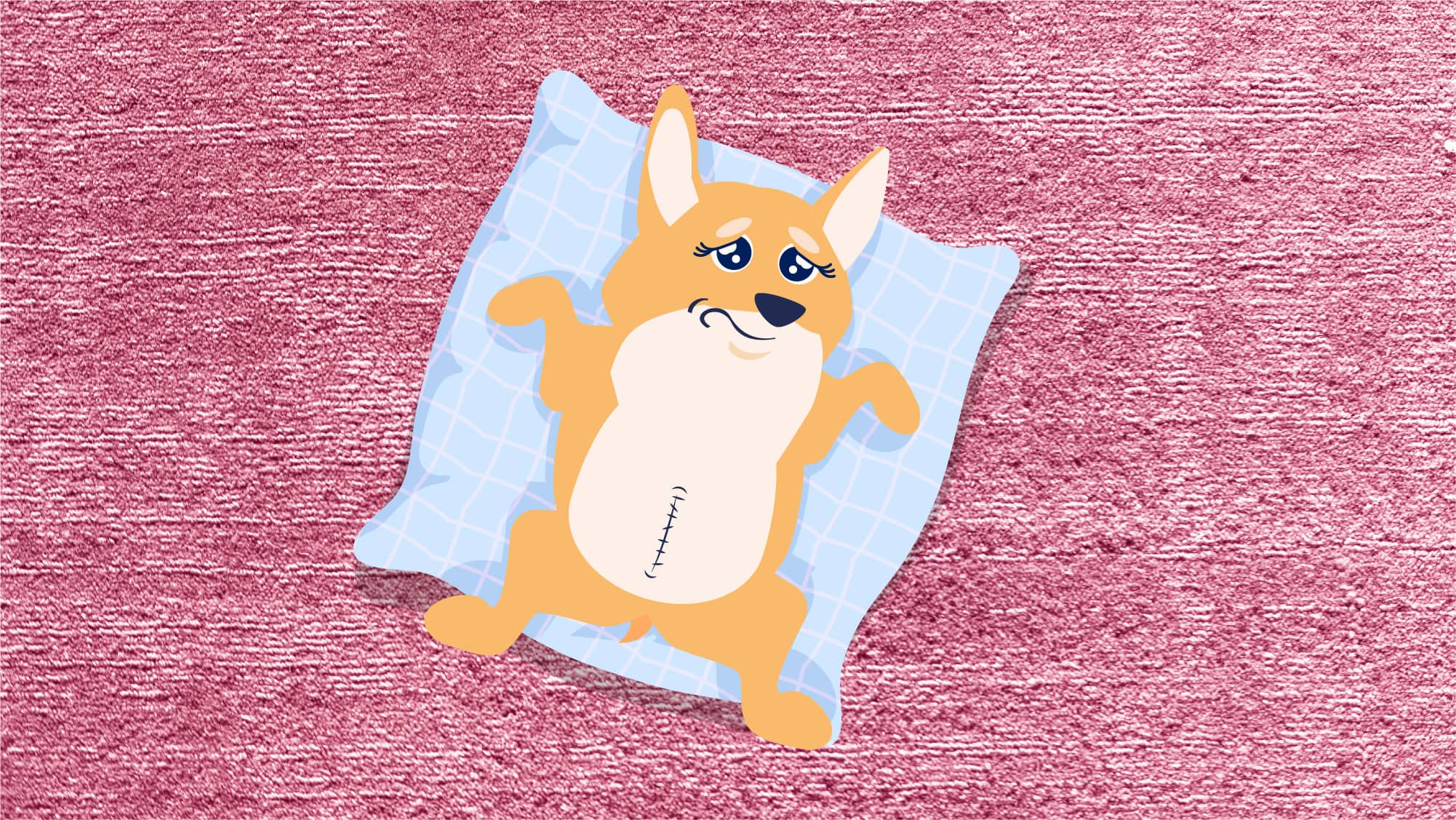Pyometra, a serious infection of the uterus in dogs, poses a significant threat to their health if left untreated. All intact female dogs are susceptible to this condition, which occurs when bacteria infect the uterus lining, leading to the formation of pus.
In this blog, we will explore the causes, signs and symptoms, diagnosis, treatment options, and preventive measures for pyometra in dogs. Understanding this condition and taking proactive steps can help ensure the well-being of your furry companion.
What is Pyometra in Dogs?
Pyometra is a serious infection of the uterus in dogs. It occurs when bacteria infect the lining of the uterus, leading to the accumulation of pus. This condition can be life-threatening if not promptly treated. All intact female dogs are at risk of developing pyometra.
What Causes Pyometra in Dogs?
Pyometra is caused by a bacterial infection in the uterus, specifically in the endometrium. It most commonly occurs in intact female dogs, usually a few weeks after they have gone on heat. Bacteria from the vagina can ascend to the uterus, leading to infection.
Although all female dogs can get pyometra, certain breeds are at higher risk, including Golden Retrievers, Staffordshire Terriers, Collies, Cavalier King Charles Spaniels, and Rottweilers.
Signs & Symptoms of Pyometra in Dogs
Pyometra in dogs can manifest through various signs and symptoms. Recognizing these indications is crucial in seeking prompt veterinary care for your dog’s well-being. Here’s a list of symptoms of pyometra in dogs to look out for:
- Lethargy: Dogs may exhibit excessive tiredness or a lack of energy.
- Decreased appetite: They may show a reduced interest in food or hesitation to eat their regular meals.
- Vomiting: Some dogs may experience episodes of throwing up.
- Diarrhea: Dogs can develop loose, watery stools.
- Increased thirst: Dogs may have an increased need for water and may drink more frequently.
- Frequent urination: Dogs with pyometra may urinate more frequently than usual.
- Foul-smelling vaginal discharge: A pus-like discharge from the vagina with a strong, unpleasant odor.
- Panting: Dogs may pant more frequently or excessively, even in cool conditions.
- Swollen abdomen: The abdomen may appear bloated or distended, indicating fluid accumulation or pus.
The severity of symptoms can vary, and some dogs may only display a few signs. It’s important to note that pyometra can be classified as “open” or “closed,” depending on whether the cervix is open or closed. Closed pyometra is more dangerous as it traps the infection inside the uterus.
How is Pyometra Diagnosed in Dogs?
The veterinarian will consider the dog’s history and perform a physical exam during a veterinary appointment.
To confirm the diagnosis, imaging techniques like ultrasound or X-rays are used to visualize the distended uterus and rule out other conditions. Blood tests may also be conducted to assess the dog’s overall health and determine the best treatment plan.
Treatment for Pyometra in Dogs
The most effective treatment for pyometra is the surgical removal of the uterus, known as an ovariohysterectomy. This procedure is similar to spaying but more complex. If the dog is critically ill, intravenous fluids, antibiotics, and pain relief may be provided before the surgery. Dogs recovering from surgery may require hospitalization for a few days.
Home Treatment for Pyometra in Dogs
Home treatment for pyometra is not recommended. It is a serious condition that requires immediate veterinary attention. Antibiotics alone are insufficient to cure pyometra, especially in cases of closed pyometra. Non-surgical treatment is rarely effective and may lead to the recurrence of the condition.
Preventing Pyometra in Dogs
The best prevention for pyometra is to have your dog spayed. Spaying removes the uterus and ovaries, eliminating the risk of developing pyometra. Even older dogs can benefit from spaying as the risk of pyometra outweighs the risks of the procedure. Spaying is highly recommended unless your dog is specifically required for breeding purposes.
Conclusion
In conclusion, pyometra is a potentially life-threatening condition that requires immediate veterinary attention. Recognizing the signs and symptoms, such as lethargy, decreased appetite, and foul-smelling discharge, is crucial for early detection.
If you suspect your dog may have pyometra, do not hesitate to consult a veterinarian who can provide an accurate diagnosis and appropriate treatment.
Spaying your dog is the most effective way to prevent pyometra and safeguard their long-term health. Prioritize your dog’s well-being and schedule a visit to your veterinarian today.
Frequently Asked Questions
How long can a dog live with pyometra?
A dog with closed pyometra, a severe condition, can sadly die within 24-48 hours due to risks of uterine rupture and sepsis. Dogs with open pyometra may live longer, but they’re still at risk of serious complications. It’s crucial to seek immediate veterinary care if this infection is suspected.
What age is a dog at risk of pyometra?
Pyometra is more common in middle-aged female dogs, usually over the age of 6. However, it has been diagnosed in dogs as young as 4 months and as old as 16. All intact female dogs are at risk of developing the condition, regardless of age.
If my dog has been spayed, can they get pyometra?
Logically, if a female dog is spayed, she cannot get pyometra, as her uterus has been removed. Surprisingly, even spayed female dogs can still get a form of the disease, stump pyometra. A small amount of uterine tissue near the cervix will be left behind when a uterus is removed. In very rare cases, this small amount of tissue, or stump, can be affected by pyometra.





